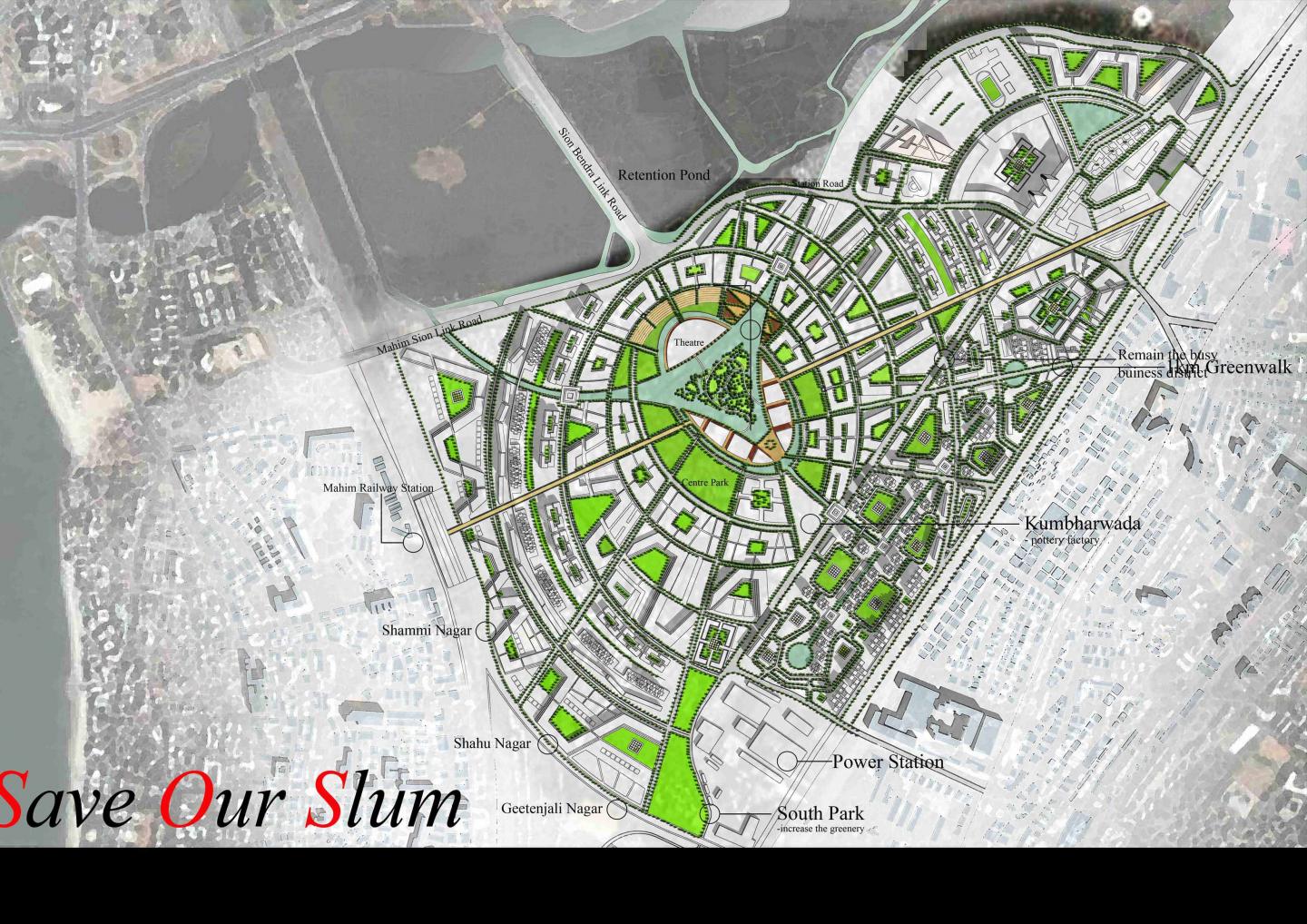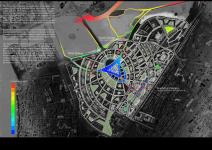Today, the squatters in Mumbai are more than 50% of the city’s population. That’s over 5 million people, living under filthy condition in the crevices of this city. To perceive the dimension of the changes in Dharavi, the most critical issue is how to relocate the residents with a new development. Mumbai’s slum dwellers are suspicious that the planning of Maharashtra Housing and Area Development Authority is a way to force them out of the city. Despite from the government original development, the new seven storey apartment blocks will be built but it is far from where they work and where their kids go to school. Even in the new proposed apartment, the minimum of 225sq.ft for each unit is impossible to provide a suitable space for a big family and their living culture.
Is this a proper solution for the redevelopment for Dharavi?
Therefore, the solutions of designing this area will emphases with several category of solution. This methodology can have crucial benefit. For instance, thousand of job opportunity such as masons and carpenter will be generate in the investment of low rise building. Besides that, low rise building is much more flexible to expand base on owner’s desire.
Besides that, flood is one the issue that needs to be overcome in the planning for the housing. The solution is not only focus on the building design but also consider how to avoid the flood in Dharavi.
Category of Solution
Quantum change and transferability
The project will attempt a better solution for the housing area by propose a appropriate sewerage system, public area and garbage centre.
Ethical standards and social equity
The new proposer is base on their local activities, culture and religion to built up a equal and balance society. A step-by-step transformation is needed in the redevelopment to encourage the residential co-operate and as a learning process for a better living environment.
Flexibility of space planning
The flexibility of space planning in each unit is important. In a small space, the living room will be use as a rest area at night. The usability of such open spaces in a warm climate is considerable. In Indian culture, they spend so many daily activities (e.g. cooking, sleeping, entertaining friends) in their outdoor spaces. The usage of daylighting in verandahs, terraces and courtyards are able to conserve most of the energy during day time.
Ecological quality and energy conservation
i. Rainwater harvesting is use to solve the difficulty of obtain clean water in this area.
ii. Recycle material is use to reduce the cost of construction.
iii. Cross ventilation will create in each unit by louvers design
Sustainability and aesthetic impact
Aesthetic of the housing is base on the local identity. Hence, it can be sustain with their familiar living approach.
2009





.jpg)
